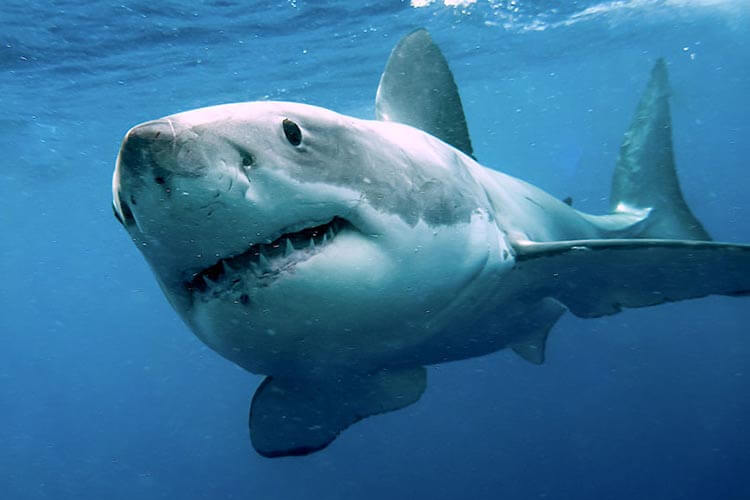
A discovery of Pliocene-era teeth has revealed the location of a ‘paleo-nursery’ for great white sharks
An international team of researchers led by Jaime A Villafaña from the University of Vienna has discovered the world’s first known fossilised nursery for great white sharks. The study, published in the online journal Scientific Reports, concluded that the nursery was located in an area of what is now Chile, between two and five million years ago.
Although the great white shark (Carcharodon carcharias) is well known as a species to both science and the public, like most sharks, little is known about the animal’s reproductive behaviour. Females are thought not to reach sexual maturity until at least the age of 30 and with an 11-month period of gestation, the great white’s slow reproductive rate makes the population susceptible to overfishing and environmental change. They are currently listed as vulnerable to extinction on the IUCN Red List of Threatened Species.
Nurseries are important for the development of young sharks as they provide a sanctuary for the young animals to mature until they are large enough to hunt for prey without being predated on themselves. Several such nurseries for both sharks and also manta rays have been discovered and scientists believe it is of great importance to locate them in order to better protect them and assist in the preservation of the species.

The nurseries were discovered as the team were analysing fossilised shark teeth from Pacific coastal areas of Chile and Peru. Sharks, like other members of the Chondrichthyes class such as rays, skates and chimaeras, have skeletons made from cartilage rather than bone, and hence teeth are all that remains of the animals in the fossil record.
The teeth were dated to the Pliocene epoch and those found in the Coquimbo region of Chile belonged almost exclusively to juveniles, as would be the case in a nursery environment. In addition, a wide range of other fish species’ fossils was found in the area, representative of typical prey for young grey whites.
While the findings represent the first such ‘paleo-nursery’ found for great white sharks, others have been located in a range of different localities around the world, including a nursery found in Panama which contained teeth of the extinct megalodon shark from the late Miocene period, some 5-10 million years ago.
These discoveries are significant in that they tell us that nurseries have played a significant part in shark reproduction for millions of years, and the location and protection of nurseries are therefore vital for the preservation of the species. Furthermore, the climate of the Miocene and Pliocene eras was significantly warmer than that of today and hence the discovery of fossil nurseries may prove important in determining the future protection of sharks as ocean temperatures in the modern-day continue to rise, leading to a redistribution of their prey.
‘If we understand the past, it will enable us to take appropriate protective measures today to ensure the survival of this top predator, which is of utmost importance for ecosystems,’ said paleobiologist Jürgen Kriwet, one of the team’s researchers. ‘Our results indicate that rising sea surface temperatures will change the distribution of fish in temperate zones and shift these important breeding grounds in the future.’
The complete report by Jaime A Villafaña et al is published under a Creative Commons license and is available at www.nature.com/articles/s41598-020-65101-1
- DIVE’s Biggest Shots of 2025 - 1 December 2025
- Mantas and devil rays receive maximum CITES protection - 28 November 2025
- Oceanic whitetips uplisted to CITES Appendix I - 27 November 2025


